G ... for Wars

The Class of 1943-1944
Ofall the belligerent countries, France suffered the heaviest losses, with 10% of its working population killed.
Throughout Europe, the war had destroyed moral values, social hierarchies and economic stability. A new world was taking shape, a veritable laboratory on a real scale, particularly well-suited to the reflections of students of economics... The Treaty of Versailles and the Wall Street crash of 1929 were to prove the seeds of the conflagration to come. The triumph of Communist, Nazi and Fascist ideologies, the terrible Spanish War and the Keynesian model applied as a remedy to the Great Depression The triumph of Communist, Nazi and Fascist ideologies, the terrible Spanish Civil War and the Keynesian model applied as a remedy to the Great Depression then gripping the United States, fueled debates among our students, no doubt, but also within the School's management.
While the 1940 conflict was short-lived and the unthinkable French defeat quickly consummated, the long occupation and its attendant deprivation and material hardship weighed heavily on the daily lives of our students.
Rationing and under-eating were the order of the day.
The lack of heating, particularly during the terrible winter of 1941, made itself cruelly felt in classrooms and bedrooms. As a result of the rising cost of living, the School's total running expenses tripled between March 1942 and March 1944, rising from 68,343 francs to 197,504 francs.
The School's operations suffered from forced absences. Many alumni and teachers were imprisoned in Germany.
Overall numbers at the school varied greatly during these dark years. In 1939/40, 101 students attended classes, due to the presence in Angers of a number of refugees. By 1940/41, the number had fallen to 38, then to 55 in 1941/42, before rising to 81 in 1943/44.
The uncertainty of tomorrow reigns. Simone BOYER (class of 1944) recalls the discreet departures of students refusing the STO and the arrests of which, denounced like many others, she herself was the victim .
Bombing and its collateral damage plunge families into mourning. The final exam for the class of 1944 was cancelled after the Angers exam in early June 1944.
At liberation, three successive classes bore the names of students killed in action: Pierre CESBRON, class of 1938, killed in action in 1940, patron of the class of 1945-1947. Alain JAUMOUILLE, class of 1933-1935, who died on November 15, 1944 at the age of 30 during the Alsace campaign with de Lattre de Tassigny's 1st Army, patron of the class of 1946-1948. Auguste TIERCELIN, class of 1935, patron of the 1947-1949 class.
A total of thirteen alumni fell on the battlefields of France or Africa, or never returned from prison camps or deportation to Germany.
Claude DELACOUR, class of 1938, escaped prisoner of war, disappeared in the Gross-Rosen reprisal camp in January 1945 at the age of 28, and his classmate and comrade in misfortune, Yves ECHASSON. Yves ECHASSERIAUX, also a prisoner of war, was killed in an aerial bombardment near Ingolstadt, so close to the long-awaited liberation.
Of the twelve young men in the class of 1938, three lost their lives in the Second World War. Our alumni were painfully aware of these losses, and wished to perpetuate the memory of the victims. They were theirs, they are ours in the great book of the École.



